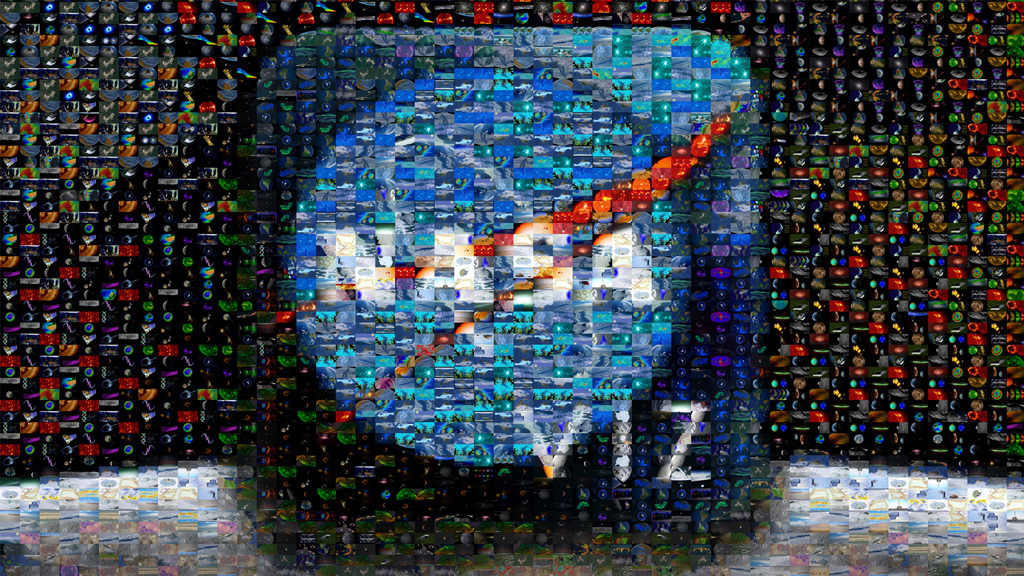Mystery Belts
NASA's first satellite, launched in 1958, discovered two giant swaths of radiation encircling Earth. Five decades later, scientists are still trying to unlock the mysteries of these phenomena known as the Van Allen Belts. As solar wind and cosmic rays carry fast-moving, highly energized particles past Earth, scientists think some of these particles become trapped by the planet's magnetic field. The resulting belts, one inner and one outer, can swell or shrink in size in response to incoming particles from Earth's upper atmosphere and changes in the solar wind. But sometimes the belts don't change when scientists expect them to. New NASA spacecraft scheduled to launch in August 2012 seek to determine what kinds of solar outbursts and other space weather cause specific changes in the radiation belts—answering some of the questions first raised decades ago. The visualization shows the belts responding to a strong, steady burst of material and energy from the sun.

Two regions of fast, energetic particles surround the planet with plasma and scientific questions.
This cutaway view illustrates changes in the belts' shape and intensity that new NASA satellites are expected to observe.

Shown without a cutaway, the donut-like shape of the outer belt is apparent.

This early schematic of the Van Allen Belts' structure was created after the first NASA satellite discovered their existence in 1958.

The twin spacecraft of NASA's upcoming Radiation Belt Storm Probes (RBSP) mission seek to determine what forces make the belts shrink and swell.

The two RBSP spacecraft will fly in extreme elliptical orbits, allowing the mission to observe changes in the belts from different perspectives.
For More Information
See NASA.gov
Credits
Please give credit for this item to:
NASA's Goddard Space Flight Center
Historic image of Van Allen Belts courtesy of NASA Langley Research Center
-
Animator
- Tom Bridgman (Global Science and Technology, Inc.)
-
Producer
- Genna Duberstein (USRA)
-
Writer
- Karen Fox (ADNET Systems, Inc.)
Release date
This page was originally published on Thursday, July 19, 2012.
This page was last updated on Wednesday, May 3, 2023 at 1:52 PM EDT.
